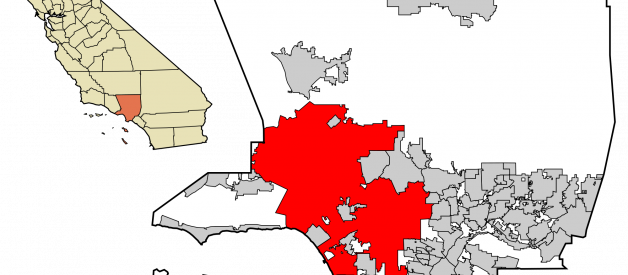 Boyle Heights ? Y Diaz
Boyle Heights ? Y Diaz
?Los Angeles is a different kind of city?Many residents of Los Angeles have never seen a map of Los Angeles. Others are not sure whether they live in Los Angeles City, another smaller city, or in unincorporated county territory.? (Raphael Sonenshein, ?Los Angeles: Structure of a City Government?)
When I started visiting the Los Angeles region regularly about eight years ago, not only did I not know where things were, but I often didn?t even know where I was.
At the time I was living in San Francisco, which is about as easy as it gets when it comes to knowing where you are. Both the city of San Francisco and the county of San Francisco County are the same 49 square miles of city. Where does everyone live? San Francisco. On to learning the neighborhoods?.
But now I live in Los Angeles and here this task is not so easy. In contrast to San Francisco, the city of Los Angeles boundary is not equivalent to the county of Los Angeles.
LA County has a population of just over 10 million people. If you look at the map of California (below, left), this means that 25% of all people in California live in that one single orange area. The map to the right breaks down the land area of LA county into three categories:

- The red part of the map is the city of Los Angeles. It is the biggest city in LA county, both in area and population. Four million people live in Los Angeles, making it the second biggest city in the US.
The grey parts are all the other independent cities in LA County- Long Beach, Beverly Hills, Compton, Pasadena, etc. All together, these cities hold about five million people.
- The white parts are the many unincorporated areas of LA county They make up 65% of the land area and hold about one million people. Much of this area is unsettled mountains and plains, but if you look carefully you can see there are many pockets of urbanized land that resemble small cities.
So far, so good- but this brings up a trickier question: what exactly is the relationship of all these places to each other?
Los Angeles Places as Russian Nesting Dolls

One way to look at the places in LA is though the framing device of a Russian nesting doll. Most of us are generally familiar with the nesting doll phenomenon as applied to jurisdictional boundaries:
neighborhood/community? city ? county ? state ? country
Here are some examples in LA:
- An independent city like Beverly Hills is a small doll tucked inside a bigger LA County doll.
- A community like Downtown LA is a small doll tucked inside the city of LA doll, which itself fits inside the large LA County doll.
- A neighborhood like the Arts District is the smallest doll in this sequence: Arts District (neighborhood)? Downtown LA (larger community) ? Los Angeles (city) ? LA County (county)
See here for a cool map of LA?s neighborhoods and communities.
But there?s more to the different kinds of official geographic jurisdictions in Los Angeles County. To better understand them, I devised a metaphorical ?origin story.?
Los Angeles Origin Story
The state of California is a parent with 58 different children, each of which are called counties. These counties were birthed and scattered throughout the state in 1850, the year California became an official state.
One of the largest and oldest of these children is the County of Los Angeles. The County of Los Angeles now has many children and grandchildren of her own- in the form of all the cities, unincorporated areas, communities, and neighborhoods within her jurisdiction. The County lives in a big house (the Kenneth Hahn Hall of Administration) in downtown Los Angeles city, and casts her influence over the entire 4,000+ square miles that make up Los Angeles County.
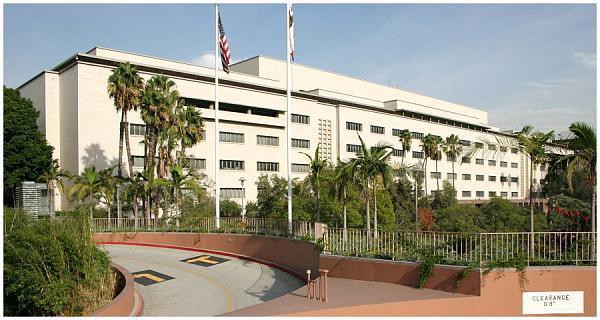 Kenneth Hahn Hall of Administration
Kenneth Hahn Hall of Administration
Here is a list of the kinds of things the County can do for its children- they include things like providing Health Services, Fire and Public Safety, Libraries, Child Supportive Services, and many other things. (Covid-19 virus update: Public Health is a responsibility that LA County provides for the vast majority of these cities ? go here for their website to get the latest updates.)
The oldest child of LA County is ?the city of Los Angeles.?
The city of Los Angeles is not her child by way of birth, since the city was actually born in 1781. But let?s just say the County adopted the city of LA in 1850. This ambitious city offspring had done very well for itself, and did not need most of the services offered by the County, since it provided most of them on its own. The city of Los Angeles also has a huge house in downtown called City Hall.
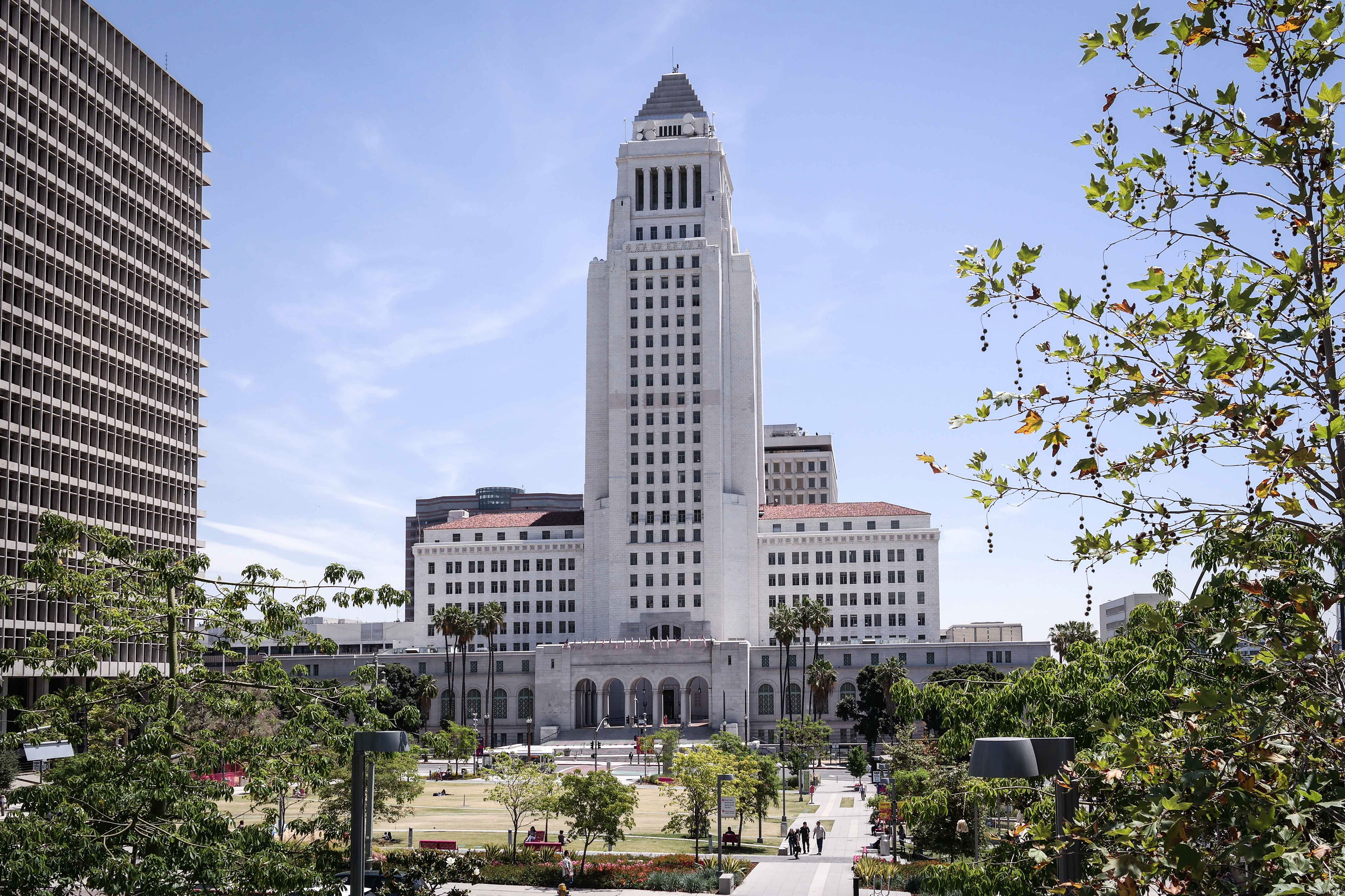 Los Angeles City Hall
Los Angeles City Hall
Now, unlike the situation between the County of San Francisco and the city of San Francisco, the city of Los Angeles was not an only child. Since 1850, the County of Los Angeles raised over 150 children- again, in the form of cities and unincorporated areas.
Each time one of LA County?s children grew to be of considerable size, she or he had a choice to make:
- (A) Set out solo and become your own city.
- (B) Move in with your successful older brother, the city of Los Angeles
- (C) Stay at home with your mom, the County of Los Angeles.
Here?s a closer look at what each path means:
(A) Set out solo and become your own city.
As of the present moment, 88 offspring chose the path to break away from LA County and become their own city. You can find a list of them here. Some of the more prominent ones are Long Beach, Beverly Hills, Santa Monica, Glendale, Compton and Pasadena, and of course the city of Los Angeles.
Many of these cities exist within the umbrella of Los Angeles County, but have much less to do with their the County when it comes to day-to-day affairs. They make their own rules with their own local governments, and each of them has both a mayor and a city council.
Click here for all 88 cities in LA County, and here for the 15 biggest cities.
(B) Move in with successful older brother ? the city of Los Angeles
For a variety of reasons, some children decided they didn?t want to go it alone ? but nor did they want to stay home. So instead they moved in with the city of Los Angeles.
Many of these children found the allure of living with their rich older brother too enticing to pass up, or perhaps were often given ?an offer they couldn?t refuse? in the form of access to the coveted water supply that Los Angeles had- something that was really important back in the day.
Some of these communities and neighborhoods were born so close in time to their older brother and have lived with him so long that the idea of living without him is inconceivable. Others have wished in the past they could move out of Los Angeles, but for various reasons did not and still live with him today, somewhat ambivalently.
You can find a list of these places here. Some prominent ?communities? or ?neighborhoods? that joined the city of Los Angeles include Hollywood, Venice, Century City, Watts, Silverlake, Echo Park, San Pedro, and most of the San Fernando Valley (?the Valley?). (The County has a good website that lets you see when annexations and detachments occurred in all of its 88 cities.)
The internationally renowned ?Hollywood? is a good example here.
Hollywood started out on its own in 1903, but joined the city of Los Angeles a few years later in 1910. As a result, Hollywood cannot make up its own rules ? rather, it is part of the larger city of Los Angeles government, which has a mayor and a 15-member city council. In fact, current city of Los Angeles Mayor Eric Garcetti used to be an LA city councilmember whose district contained a good portion of Hollywood.
And though Hollywood is not its own city, it definitely feels larger than a neighborhood. So one might call Hollywood an ?area? that has smaller communities within itself, like East Hollywood, and many distinct neighborhoods- Thai Town, Little Armenia, and Spaulding Square. (This lack of a clean definition for Hollywood is perhaps fitting given that the word itself has long described an industry- and a mentality- that spreads far beyond the boundaries of actual Hollywood.)
(C) Stay at home with Mother County
Consider this last choice the ?failure to launch? route. These are the ?unincorporated areas? of LA County, and though there are few of any prominence, there are a fair amount of them: 76 ? according to Wikipedia.
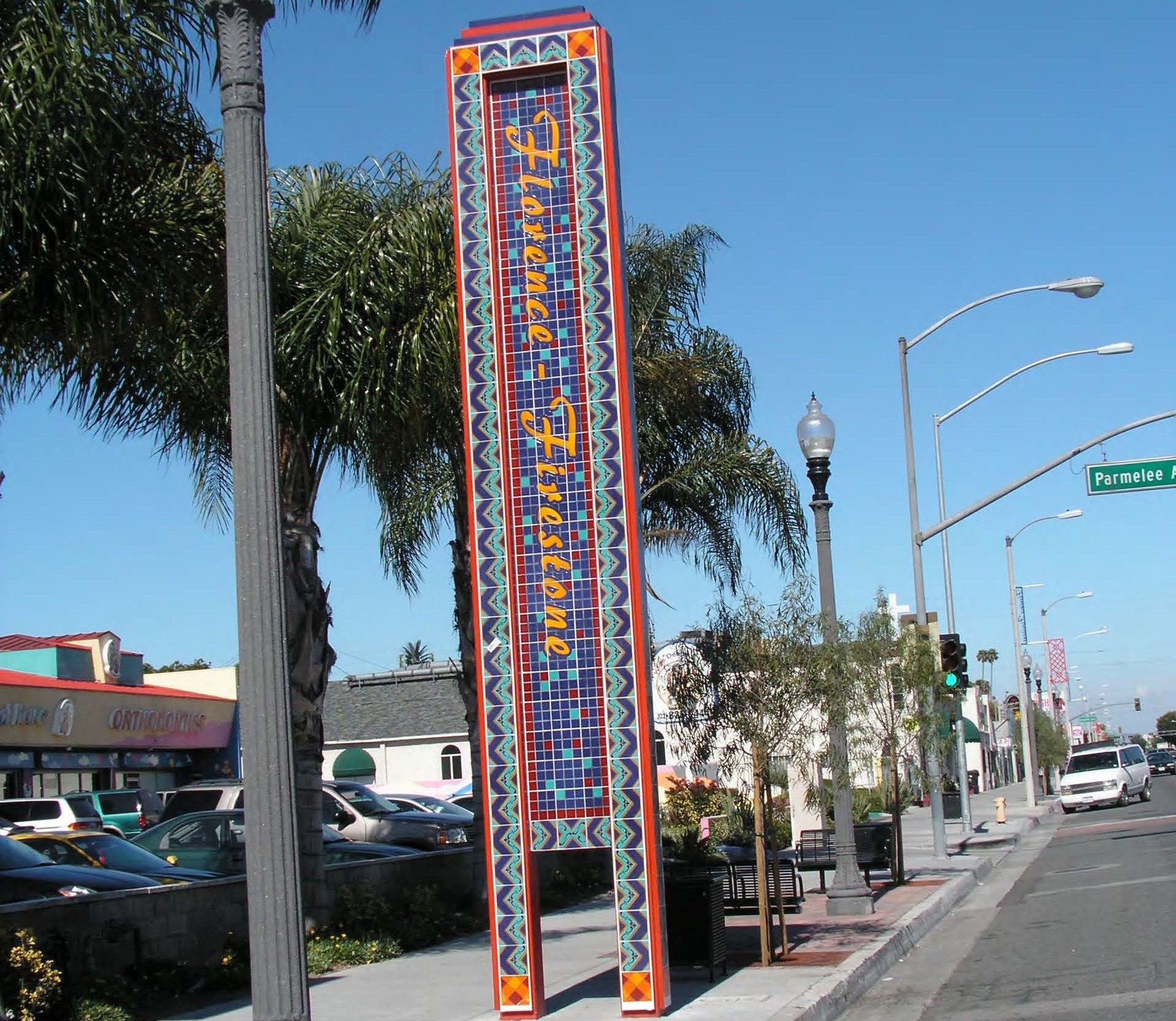 A ?Florence-Firestone? sign marks this unincorporated area of LA County.
A ?Florence-Firestone? sign marks this unincorporated area of LA County.
Living at home with the County means that the fridge is usually fuller than it otherwise might be, in that unincorporated areas have more direct access to services provided by the relatively resource-rich County- certainly more than they would if they were to set out on their own or most likely even if they joined another city.
But unincorporated areas can feel like they are missing a few layers of civic government that can be important for self-identity- they don?t have a mayor and city council, nor do they usually provide any services for themselves. Going back to the Russian doll metaphor, unincorporated areas can feel like a very tiny doll rattling around inside the big doll of LA County.
Some unincorporated areas, like East LA, have active resident groups that would prefer to see their community become an independent city. But many others enjoy living at home and would fight any attempt to make them move out. (A good overview of these issues can be found in an LA Times article here. The Los Angeles author DJ Waldie has also written about unincorporated areas and the complexity of LA?s jurisdictions here.)
How Cities and the County Get Along
Just as all children retain different levels of closeness with parents, all of the 200 children have different relationships with LA County.
At one end of the spectrum are the unincorporated areas of the County. As just mentioned, they are 100% reliant on LA County for services and representative government.
At the other end of the spectrum are cities like Beverly Hills. These cities are like the children that moved away and come home only for Christmas. They do pretty much everything themselves, and only work with the County in certain areas like public health services.
And then there is the broad majority of cities that exist between these two poles of complete dependence and near-complete independence. Many independent cities, like the city of Los Angeles, have their own police departments. But other cities do not have their own police and instead contract with the Los Angeles County Sheriff?s Department.
The same goes for the libraries, animal control, parks and recreation, and the many other services on offer. Even if some cities have their own mayor and city council, they still can have a close relationship with LA County in order to contract for the particular services they don?t wish to operate themselves.
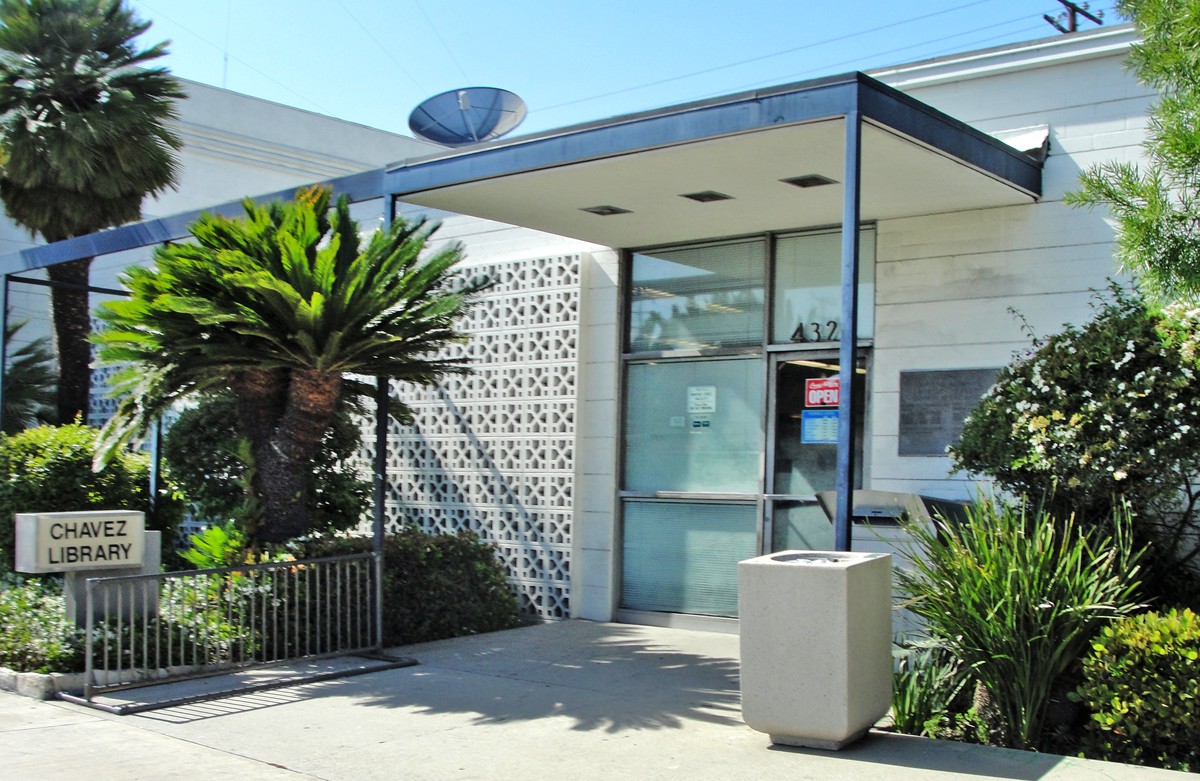 The independent city of Maywood contracts with LA County for this library.
The independent city of Maywood contracts with LA County for this library.
Final Word
The goal here is to provide a mental tool that can help impose some tentative order on the dense patchwork of places in the Los Angeles region.
Consider the cluster of beach communities on the westside of LA:
- Malibu and Santa Monica are independent cities;
- Venice, Pacific Palisades, and Playa Del Rey are communities within the larger city of LA;
- Marina Del Rey is a small unincorporated area of LA County.
The Russian doll analogy works on a basic structural level, but the ?family? narrative framework can be useful for those of us who remember things in a more narrative form.
For instance, the area of Hollywood was touched on above, but the difference between Hollywood and West Hollywood can be explained as follows:
Most of the Hollywoods (Central Hollywood, East Hollywood, North Hollywood) live with their big brother, the city of Los Angeles. West Hollywood was for most of its life a failure to launch kid, living as an unincorporated area with its mother LA County. In 1984 West Hollywood got fed up over some rent issues and moved out of mom?s house and became its own city.
The writer Dorothy Parker once said that ?Los Angeles is 72 suburbs in search of a city.?
It?s a great line, but now you know the real story.
See an overview of the other things I?ve written at the link here.
